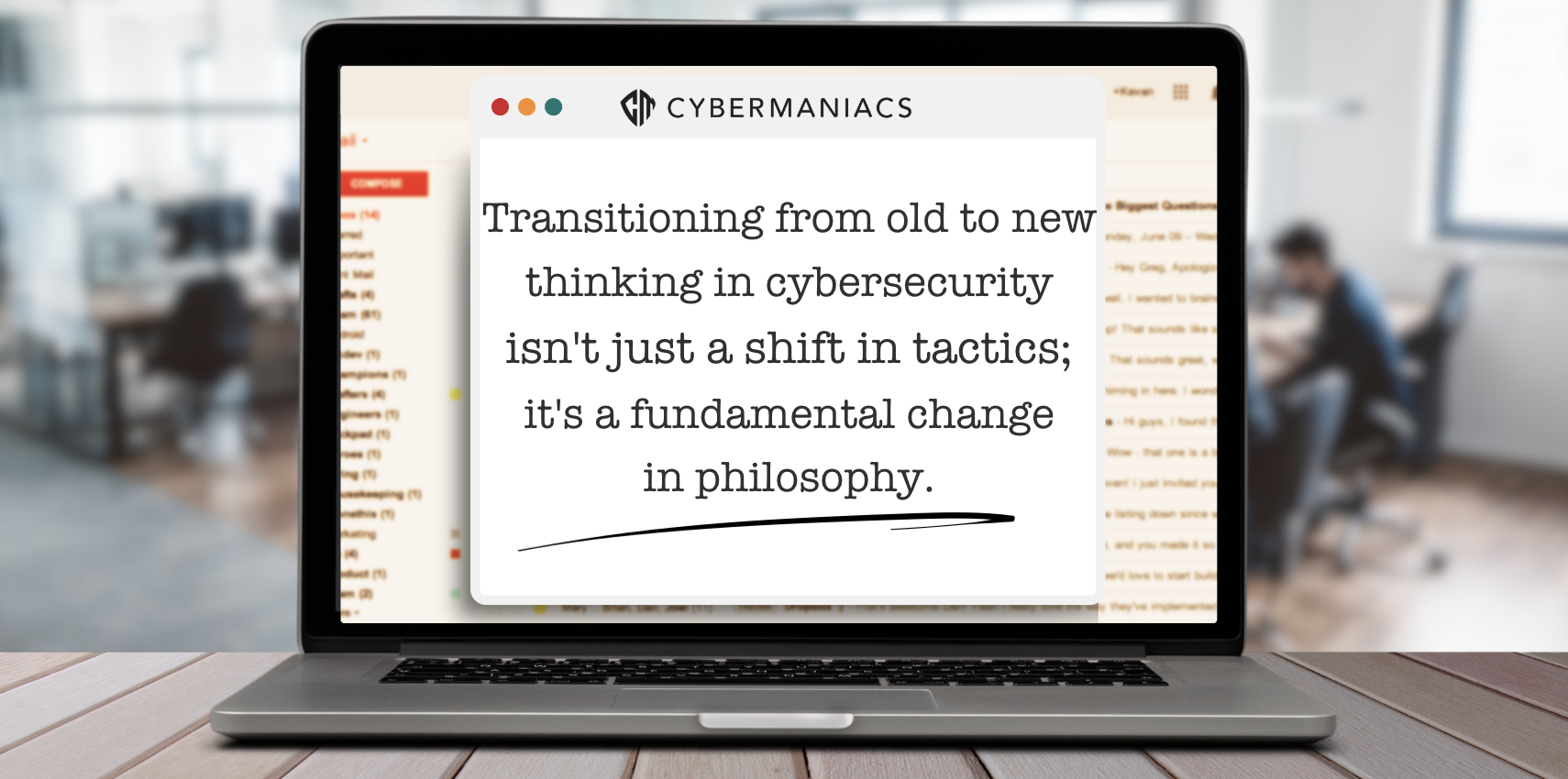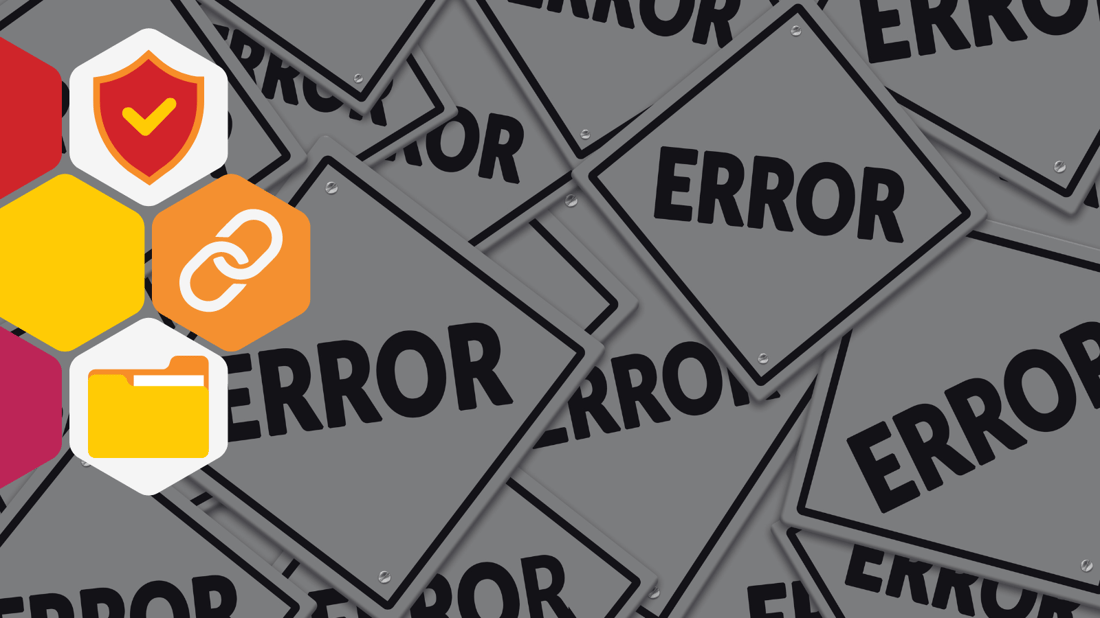Protect the Person. Not Just the Password.
In cybersecurity, we often talk about protecting data, devices, systems, and identities. But what about the people behind them? Employees don’t leave...
A Familiar Mistake
An employee falls for a phishing email. Another shares sensitive data in an unsecured tool. A third skips required training. The immediate reaction? Frustration. Maybe even blame.
But what if we stopped asking, "Why did this person mess up?" and started asking, "What made this mistake possible?"
Cybersecurity failures aren’t always the result of carelessness or malice. In many cases, they’re the byproduct of broken systems, unclear expectations, cognitive overload, or misaligned priorities. In short: good people operating inside bad systems.

When Good People Make Risky Choices
Human error is inevitable—but it’s rarely random. Behavioral science tells us that most decisions are made under the influence of environment, context, pressure, and habit. People make trade-offs all day long, often subconsciously, in response to system cues and workplace dynamics.
Consider some of the most common trade-offs employees face:
These aren’t decisions made in a vacuum. They’re shaped by the systems, cultures, and constraints that surround people every day.
When security policies create friction, when training is irrelevant or overly generic, when tools are clunky or confusing, people adapt. They workaround. They make choices that feel reasonable in the moment—even if they introduce risk.
But let’s acknowledge something important: many cybersecurity programs are underfunded and understaffed. Security leaders are navigating legacy systems, internal blockers, and overloaded IT pipelines. They're competing with countless other priorities for employee attention. Engagement is hard—especially when you're not only asking people to think differently, but to change embedded habits within a high-pressure environment.
Friction, distance, misunderstanding, misdirection, and cultural clashes all compound risk. Yet people are usually trying to do the right thing—or at least the easiest thing. The key isn’t to demand perfection, but to design systems that reduce ambiguity and guide behavior toward safer outcomes.
This isn’t about bad employees. It’s about environments that don’t support secure behavior.

Systems Shape Behavior
We all operate inside systems—the formal and informal structures of our workplace that tell us what’s expected, rewarded, and tolerated. These include:
When those systems are misaligned with security goals, humans will behave accordingly. Not because they don’t care, but because they’re responding rationally to the environment they’re in.
But how well do you understand those systems? How many have been formally mapped, assessed, or linked to actual behavior, policy, or training outcomes? Have you identified where the points of friction exist—or where incentives are quietly nudging people away from secure actions?
Do you know which departments, roles, or personas are at higher risk based on their environment or operational pressure? Are frontline teams operating under different assumptions than leadership? This is the present—and future—of human risk management: understanding how environment shapes action, and how system misalignments become vulnerabilities.
It’s not just about awareness. It’s about insight, diagnostics, and strategic remediation. And it starts by asking where, why, and how the systems you rely on may be sending the wrong signals.
If the path of least resistance bypasses the secure route, people will take it. If reporting a mistake leads to punishment, people will stay silent. If the fastest way to meet a deadline is by emailing a spreadsheet to their personal account, they’ll do it.
![]()
Culture and Design Beat Blame and Training
Too often, organizations default to training or punishment in the wake of an incident. But awareness without redesign is like teaching someone to drive and then giving them a broken car.
Instead, start here:
Assess the Environment
Find the Friction and Misalignment
Create a Strategic Remediation Plan
Operationalize and Embed into Culture
Address the System, Not Just the Symptom
Reframing Risk: From Blame to Design Thinking
In a world shaped by accelerating AI risk, growing complexity, and constant change, we need to move beyond the idea that more training is the fix. We need to move toward system-level thinking—where risk is managed not just through awareness, but through purposeful design.
This isn’t about excusing risky behavior. It’s about understanding it, anticipating it, and engineering for it.
When you start treating employees like part of the solution, not the problem, everything changes.
![]()
Final Thought: Trust the Human, Fix the System
Your people are capable, creative, adaptive, and often doing their best under suboptimal conditions. So rather than asking how to "patch the human," ask how to patch the system around them.
Because if good people are making risky decisions, the question isn’t "What’s wrong with them?" The question is:
What kind of system made that risk seem like the best option?
This is where human risk management becomes strategic. If you want your culture to work for you, not against you, it starts with insight and action. Our team can help you assess your current environment, map your systems and human risk factors, and build a prioritized roadmap for change. We design campaigns, engagement programs, and strategic content that resonate—because they’re rooted in how people actually behave, learn, and make decisions under pressure.
You don’t have to do it all alone. By partnering with specialists in behavior, communication, and cybersecurity, you can accelerate each step: from assessment to remediation to cultural embedding. Do more with less, and build a system that supports your people—rather than leaving them to fend for themselves.

In cybersecurity, we often talk about protecting data, devices, systems, and identities. But what about the people behind them? Employees don’t leave...
3 min read

We love predictions. They’re equal parts art and science, a kaleidoscope of insight, pattern recognition, and a touch of bold speculation. As we dive...
4 min read

Cybercriminals don’t need to know your deepest secrets to breach your business. They just need to know your habits. Routine is a double-edged sword....
3 min read
Subscribe to our newsletters for the latest news and insights.
Stay updated with best practices to enhance your workforce.
Get the latest on strategic risk for Executives and Managers.
